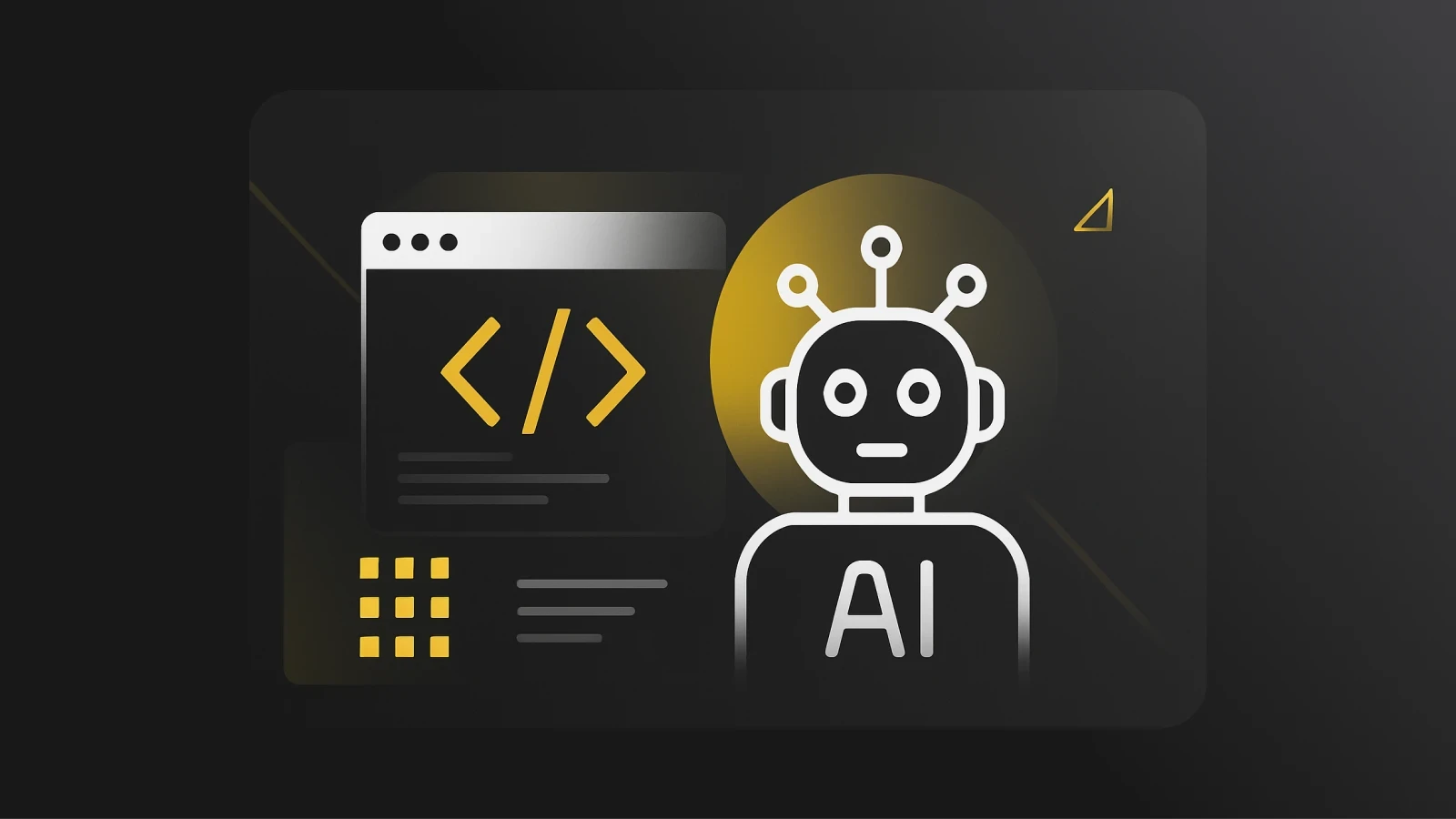Seed Diffusion: racing LLMs into a parallel future
Seed Diffusion explores how we’re pushing large language models toward a parallel future where AI learns faster, works smarter, and opens doors to entirely new possibilities
On August 4, 2025, ByteDance’s Seed Team and Tsinghua’s AIR Institute dropped a research preview that instantly sparked a flurry of excitement across AI circles: Seed Diffusion, a large-scale, code-focused language model based on discrete-state diffusion that’s unapologetically fast.
The arXiv abstract wastes no words:
“Seed Diffusion Preview achieves an inference speed of 2,146 token/s over H20 GPUs while maintaining competitive performance… establishing new state of the art on the speed–quality Pareto frontier for code models.”
If you’ve been following the direction of AI progress, you know this isn’t just a cool number – it’s part of a shift toward efficiency and adaptability. Bigger models aren’t always better, smarter workflows often come from architectures that rethink the fundamentals of how a model generates output.
What is Seed Diffusion, exactly?
Traditional LLMs (think GPT-style Transformers) work like a slow typist – outputting one token at a time. Seed Diffusion flips that on its head, working like a parallel assembly line for text. It uses a two-stage training curriculum – first, a mask-based corruption phase, then an edit-based perturbation phase – to learn the global structure of sequences. Throw in constrained-order learning, on-policy optimization, and block-level sampling, and you get a system that generates tokens in large parallel chunks.
This isn’t just a lab trick. For workflows like real-time coding, ultra-fast inference means less time waiting for output and more time iterating on ideas – whether you’re shipping a feature, debugging a gnarly function, or feeding a long-term memory layer (something we’ve talked about in the context of Someday Is Already Here) so your AI assistant can recall and adapt instantly.
Performance and workflow impact
At 2,146 tokens/sec, Seed Diffusion clocks in at roughly 5.4× faster than equally-sized Transformer models. That’s not just about “beating benchmarks.” It’s about enabling experiences where AI tools feel instant, like pair programming with a colleague who finishes your thought before you’ve even finished typing.
It’s the same conversation we’ve been having about the cost of AI scaling: raw power is great, but there’s a tipping point where speed and efficiency unlock new categories of tools. For teams like Pieces, faster, high-quality generation could be the difference between a reactive assistant and one that can proactively surface the right context in the middle of your workflow.
How the AI community reacted
The buzz didn’t stop at ByteDance’s door. Nando de Freitas is calling Seed Diffusion blazing fast and hinting that diffusion LLMs could rival Transformers in some use cases.

The AI Native Foundation framed it in even bigger terms:
a “significant advancement… showcasing the potential of diffusion models to outperform autoregressive methods”.

And here’s where it clicks for long-term, memory-driven AI workflows: with models like Seed Diffusion, context retrieval and synthesis could happen so quickly that your AI partner feels continuous – not a stop-start machine, but a fluid part of your work. That’s the same kind of leap we’ve discussed when looking at NVIDIA’s vision for SLMs – smaller, faster models that win not by brute force, but by better integration into real-world tasks.
Beyond the buzz
Sure, AI Twitter loves a good speed stat, but Seed Diffusion isn’t just a fleeting headline. It’s a working proof that diffusion-based architectures can hold their own in the language domain, not just in image or video generation. That’s huge for anyone thinking about scalable, adaptive AI systems, including tools that maintain personal or team memory over long time spans.
For practitioners, this isn’t an abstract “future of AI” story; it’s an invitation to start rethinking how speed + context can shape the next generation of AI workflows. Models like Seed Diffusion may be the bridge between the big, slow generalists we’ve been using and the nimble, hyper-relevant assistants we actually need.




